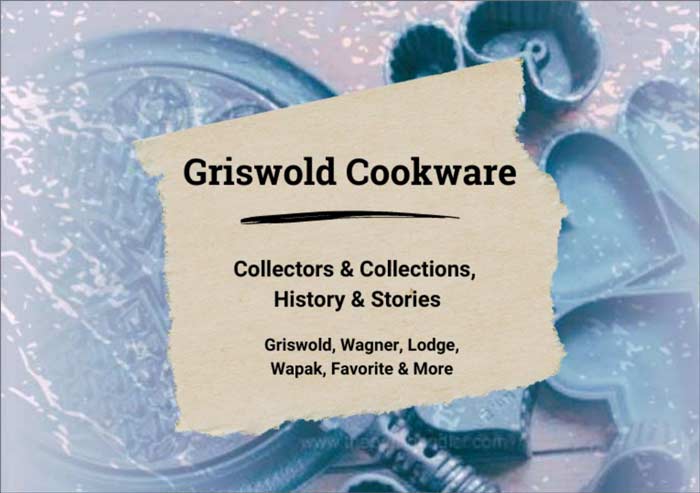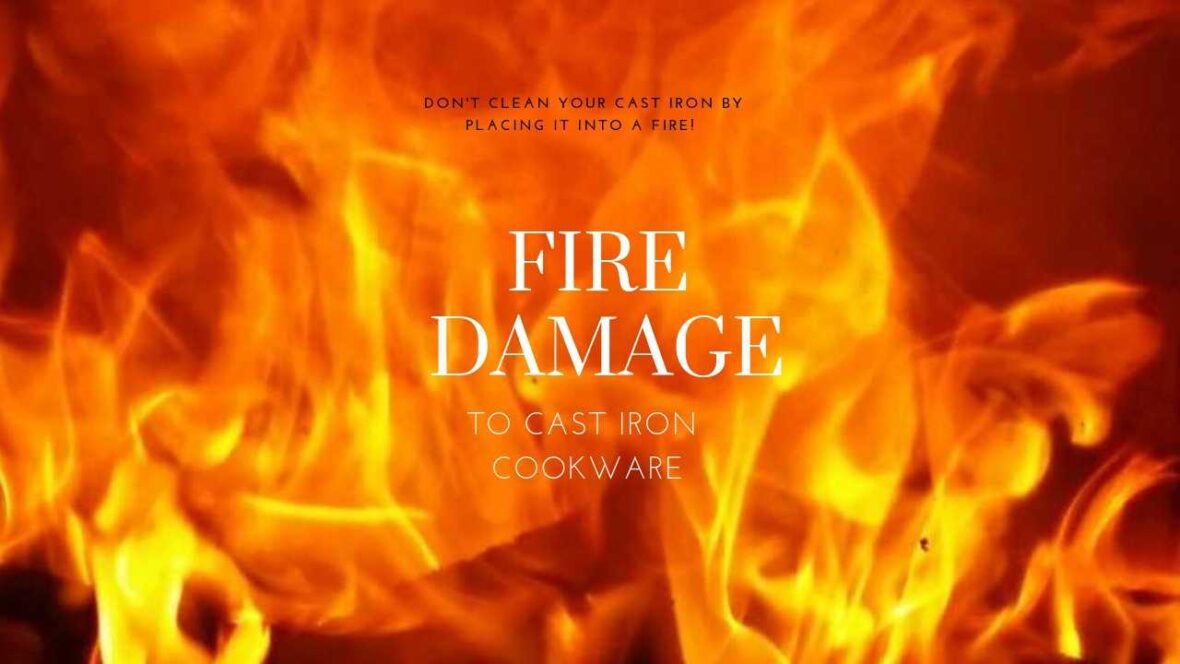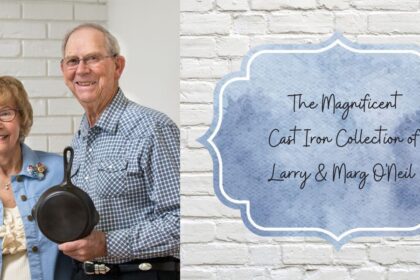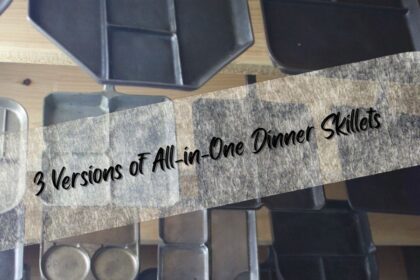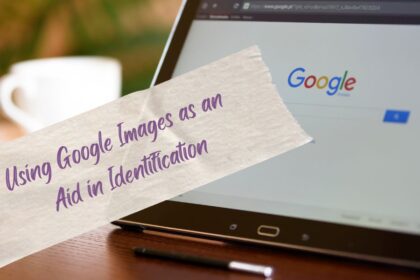What is it?
I have heard some people recommend using extreme heat to clean cast iron cookware, either by putting it in a blazing fire or running it through an oven’s self-cleaning cycle. I don’t recommend these methods, as they can cause damage to your heirloom cast iron cookware. The extreme heat can cause warping, cracking, and even alter the composition of the metal.
To illustrate the point, I created a short video that shows the damage inflicted by fire on a once pristine Griswold slant logo EPU no. 8 cast iron skillet. The evident warping of the pan, which spins, and the tell-tale red coloration on the pan are clear signs of the damage. Take a look:
How hot is too hot?
I don’t know.
I am not a scientist, engineer, chemist, or any fire expert. I do know, however, that a cast iron pan can warp or crack when exposed to very high heat; especially when the heat is suddenly applied. The thermal shock to the pan can cause it to crack. 1
We know that cast iron can melt, of course. Casting itself involves pouring molten – melted – iron into a mold. According to information from the wild and wooly web, cast iron will melt at 2200 degrees Fahrenheit. Another source puts the temperature range at 2060 – 2200 Fahrenheit.
But how much heat can a cast iron pan handle before it warps?
If you search the web, you will find conflicting information about “how hot is too hot.” People often refer to an old skillet as a “spinner,” rocking, or “sitting flat.” 2 Pans that have little movement when pressed along the upper rim are typically preferred to those that spin, especially for cooking on ceramic cooktops. 3
I don’t have a specific answer to the question of how much heat would cause a pan to warp. Lodge says that the seasoning on their cast iron pans can handle up to 650 degrees Fahrenheit; Staub says its pans are oven-safe up to 500 degrees.
A bonfire can reach temperatures as hot as 2,012 degrees Fahrenheit. Clearly, that is “too hot.” A self-cleaning oven can reach temperatures up to 1000 degrees Fahrenheit. That, too, is “too hot.”
Do you really want to risk damage to your antique heirloom cast iron by subjecting it to this extreme heat?
I hope not. Please don’t.
Photos of fire damage:
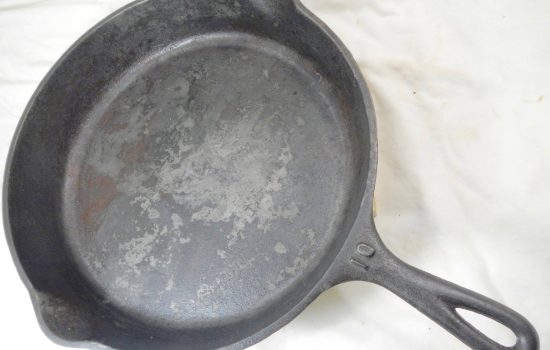
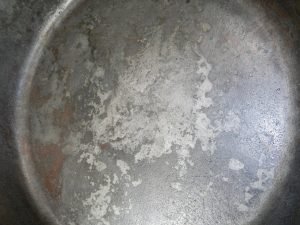
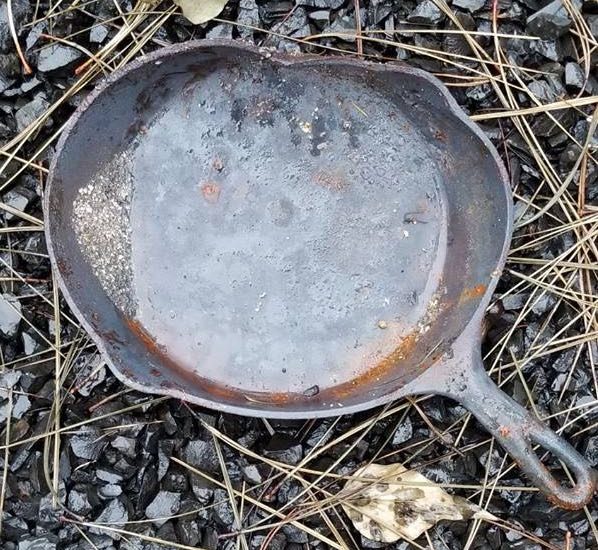
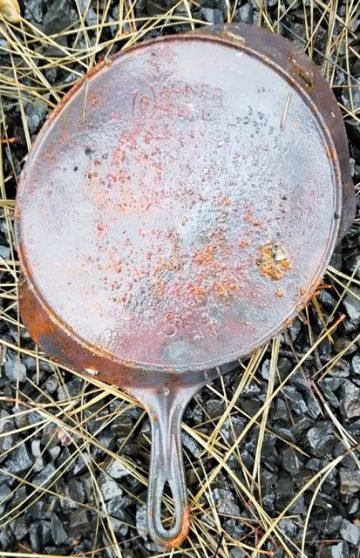
- For more information on damage to cast iron pans, check out this page.
- I have many videos on my YouTube channel that demonstrate me checking pans to determine the amount – if any – of warping. When I was selling vintage cast iron, buyers commonly inquired about how much movement a pan had when pressing along the upper edge.
- Collector Dave Lange explained to me that it is common to find warpage of enameled cast iron pans, as the high heat required to “bake on” the enamel resulted in the warpage.
